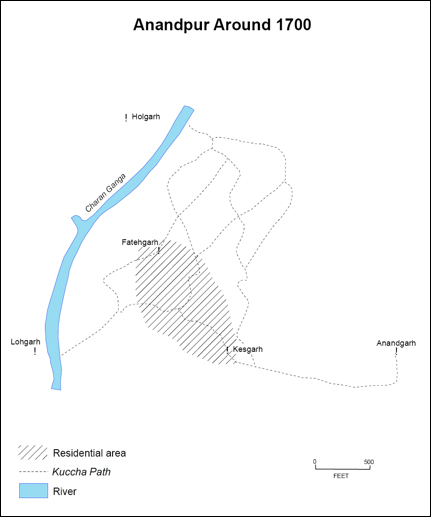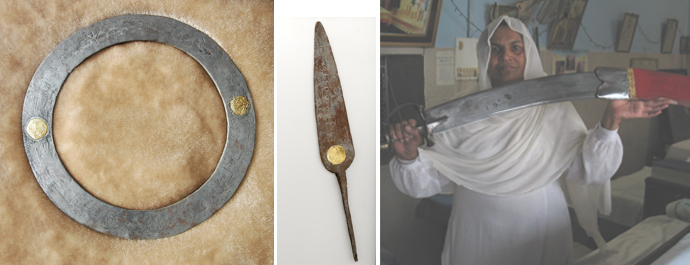|
History
Mission
People
Director
Press
|
- Build a digital repository of information on early Sikh sites, art, artifacts, and manuscripts, as well as archival materials related to Sikh migration overseas. We believe that easy access to these sources, including both texts and material culture, will improve scholarly rigor in the field.
- Prepare a ground-up understanding of Sikh history. In this endeavor, scholars associated with GISS will make a concerted effort to use original sources, incorporate early Sikh scholarship, and involve contemporary taksālī Sikh scholars trained at indigenous sites of Sikh education.
- Assist institutions of higher learning open to introducing the teaching of the Sikh tradition into their curriculum. GISS will provide model syllabi, supply innovative multi-media resources, and assist teachers in their need to communicate this information effectively in the classroom.
- Provide information to public forums, interfaith groups, news media outlets, etc., who wish to know more about the Sikhs in the Punjāb as well as the Sikh diaspora.
- Help new generations of Sikhs to become better informed about their own religio-cultural heritage. We hope to assist Sikh student associations at university campuses as well as Sikh artists, creative writers, filmmakers, and the like, by providing them information and financial support.

Gobind Rāi (c. 1670) c. Anurag Singh
 Gurū Gobind Singh’s letter thanking
Gurū Gobind Singh’s letter thanking
Dīp Cand, his cousin based at Kabul,
for arranging to send canons to
Anandpur. |

With five forts, Anandpur, the town of Gurū Gobind Singh (1700)
represented a visual manifestation of
Sikh defiance of the Mughal ban on building forts.

Weaponry of the 1690s
Copper plates conferring Gurū Gobind Singh's patronage on the priestly families at Nainā Devī and Kapālmocan (c.1700), respectively.
|